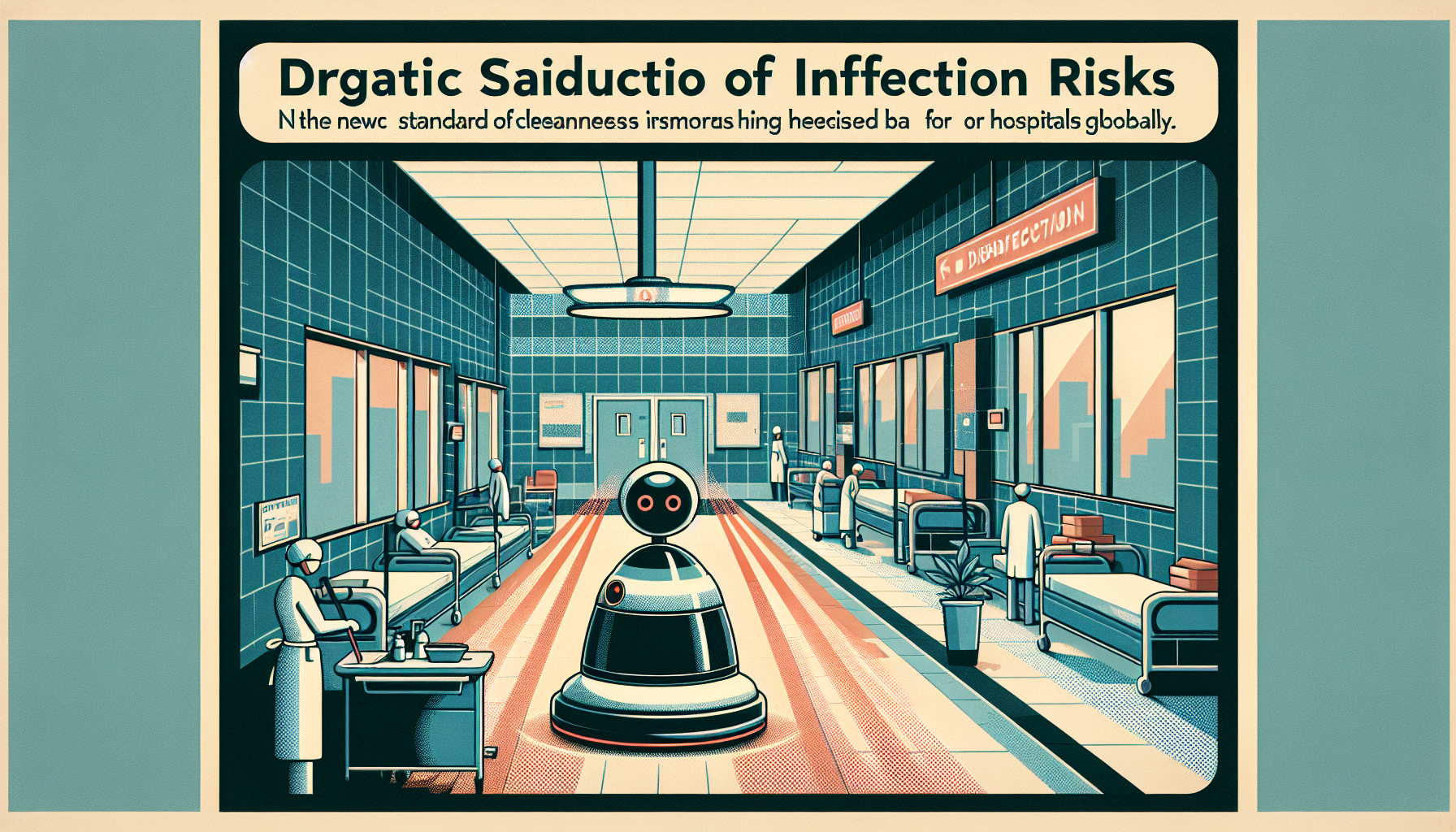Hospitals around the world are embracing a new standard in cleanliness: autonomous cleaning robots. With cutting-edge wiping tools and powerful UV-C light disinfection, these robots are protecting both patients and staff by dramatically reducing infection risks and raising the bar for hospital hygiene.
How Autonomous Robots Enhance Hospital Cleaning
At the heart of these robots lies a thoughtful combination of two key technologies. First, a robotic arm performs thorough wiping of surfaces, physically removing dust and germs. Second, the robots unleash ultraviolet-C (UV-C) light, a proven method for killing harmful microbes in places traditional cleaning can’t always reach—like corners, crevices, and under equipment. Together, wiping and UV-C ensure deeper disinfection than manual cleaning alone.
Using advanced navigation and intelligent sensors, these robots glide steadily through hallways, patient rooms, and operating theaters. Their systems are designed to meticulously cover every assigned area, making sure that no spot is missed. Where human cleaners may tire or overlook details, robots maintain a high and consistent quality, day in and day out. This reliability plays a vital role in reducing the number of hospital-acquired infections, protecting vulnerable patients from harm.
Proven Effectiveness and Practical Benefits
Studies and real-world testing show the impact of these machines. At Pohang St. Mary’s Hospital, researchers observed that UV-C technology delivered by robots eliminated about 97.7% of pathogens. Hospitals using these robots report a significant drop in hospital-acquired infections—a result that not only saves lives but also eases the heavy costs associated with treating preventable illnesses.
Another important benefit comes to healthcare staff. Cleaning and disinfecting large facilities is a demanding, repetitive, and time-consuming task. By assigning these duties to robots, hospitals free up nurses, aides, and cleaners to devote more time to caring for patients. The robots themselves require very little oversight: with features like automatic self-cleaning stations and wireless charging, they can work continuously with minimal interruption.
Current Adoption and the Road Ahead
Leading technology companies such as Xenex and Tru-D SmartUVC have rolled out sophisticated robots now found in top hospitals worldwide. These machines measure exactly how much UV-C exposure is needed for each space, customizing their cleaning cycles for maximum impact. Their reach is impressive—not only disinfecting surfaces but also neutralizing airborne germs, further improving safety for everyone in the hospital.
As the world recovers from COVID-19, infection control remains at the forefront of public health. Experts predict that autonomous cleaning robots will become even more widespread—not just in hospitals, but also in public transit, schools, airports, and other shared spaces. This expanded use will help society prepare for future health threats while giving everyone greater peace of mind.
A New Era in Cleanliness
Autonomous cleaning robots mark a turning point in how hospitals stay clean and safe. Their union of mechanical wiping and UV-C light works more thoroughly than traditional methods to stop infections before they start. By embracing this technology, hospitals are safeguarding patients, reducing costs, and freeing up medical staff to serve where they are needed most.
As these robots become a more common sight, we can look forward to a future with fewer preventable infections and a higher standard of care, not just in hospitals, but wherever people gather and health matters most.

Leave a Reply